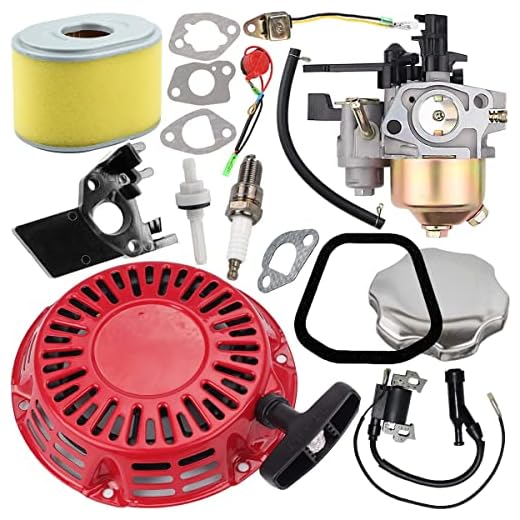

If your cleaning machine has become unresponsive, first check the fuel levels. Low fuel can prevent ignition and operation. Ensure the tank is filled with fresh gasoline, as old fuel can lead to starting difficulties.
Inspect the choke setting. If the choke is closed when it shouldn’t be, it can restrict airflow, leading to performance issues. Adjust the choke based on the manufacturer’s guidelines for proper startup conditions.
Examine the spark plug next. A faulty or dirty spark plug can hinder the ignition process. Remove the plug, clean it if necessary, and replace it if there are signs of wear or damage. Verify that the spark plug is properly connected to the ignition system.
Finally, ensure that the air filter is clean and unobstructed. A clogged air filter can significantly reduce airflow, preventing your device from functioning correctly. Clean or replace the filter to promote better performance and reliability.
Reasons Your Equipment Might Not Fire Up
First and foremost, check the fuel. Ensure that you’re using the correct type and that it’s fresh. Old or contaminated fuel can clog the system. If the fuel is stale, consider draining the tank and adding new fuel.
Next, examine the oil level. Low oil can automatically shut off the engine to prevent damage. If the oil level is below the recommended mark, refill it with the appropriate type.
Inspect the spark plug. Look for signs of wear, such as cracks or excessive carbon buildup. Replacing a faulty spark plug can resolve ignition issues. Make sure to clean the electrode and check that the gap is set correctly.
Verify the choke settings. An improperly adjusted choke can lead to starting difficulties. If the engine is cold, ensure the choke is closed, and once it warms up, open it as necessary.
Examine the air filter. A dirty filter can restrict airflow, making it challenging to start. Clean or replace it if it appears clogged.
Lastly, test the battery if it has an electric ignition. Ensure that connections are tight and free of corrosion. A weak or dead battery can prevent the engine from firing.
Following these steps systematically provides clarity on where the issue might lie. If all else fails, consulting a professional technician may be the next best course of action.
Inspecting the Fuel Supply Issues
First, examine the fuel level in the tank. If it’s empty, refill with fresh petrol. Ensure that the fuel is not stale; petrol can go bad after about a month, which may prevent ignition.
Next, check for fuel leaks. Inspect fuel lines for cracks or damages that could lead to loss of pressure. If you find any issues, replace the damaged components immediately.
Fuel Filter Examination
Inspect the fuel filter for clogs. A restricted filter can impede fuel flow, so replace it if it appears dirty or obstructed. Regular maintenance of the filter can prevent starting problems.
Carburettor Cleaning
Examine the carburettor for blockages. Residue can build up, causing fuel supply disruptions. If dirt is visible, disassemble the carburettor and clean all parts with a proper solvent. Pay special attention to jets and passages to ensure they are free from obstructions.
Lastly, ensure the fuel cap is venting properly. A clogged vent can create a vacuum, restricting fuel flow. If the cap appears damaged or overly tight, replace it to allow proper airflow.
Checking the Ignition System Components
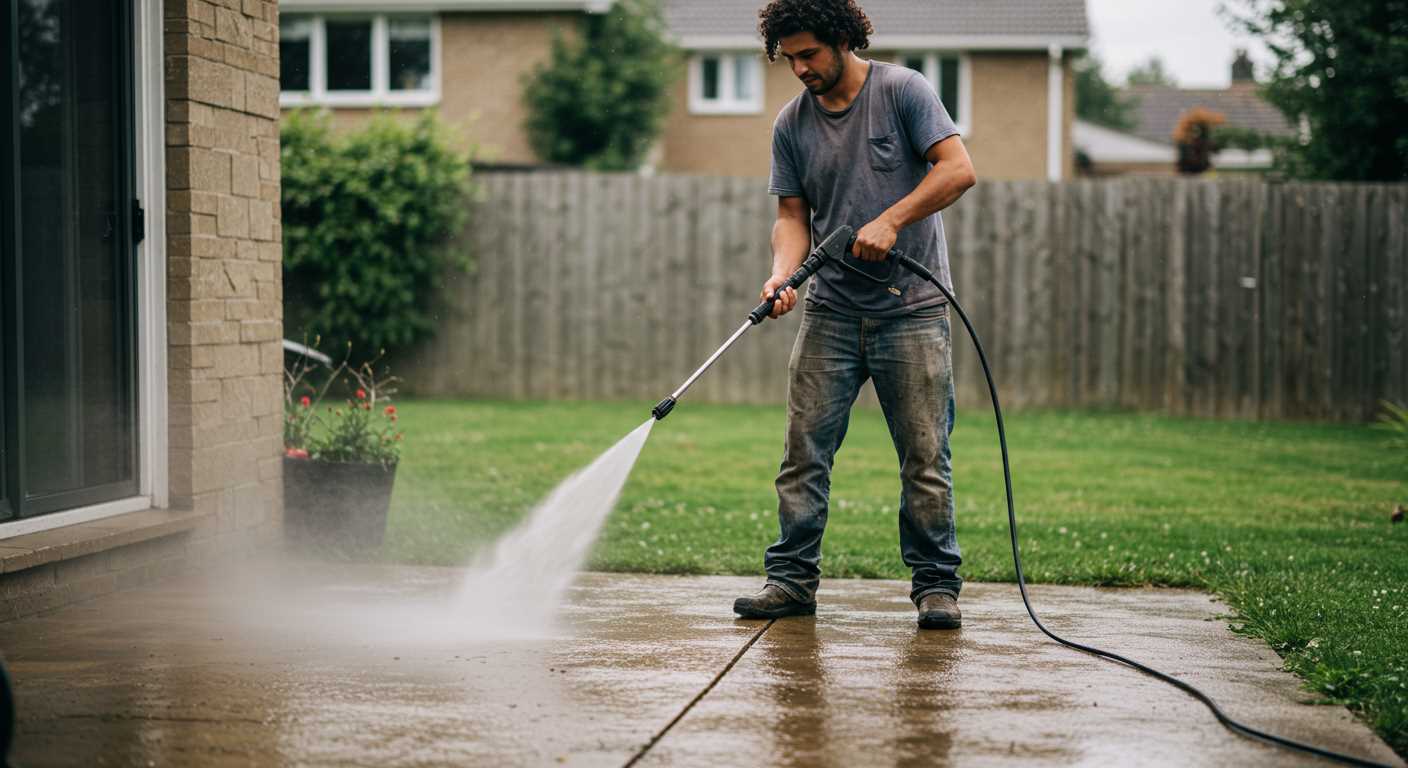
Begin with the spark plug. Remove it and inspect for wear or carbon build-up. A clean, functional spark plug is essential for ignition. If you find significant deposits or damage, replace it and verify the gap is within the manufacturer’s specifications.
Next, examine the ignition coil. Ensure the connections are secure and free from corrosion. An effective coil delivers the necessary voltage to the spark plug. Use a multimeter to test for continuity in the coil. If there’s no continuity, replacement is required.
Check the wiring leading to the ignition coil and spark plug for frays or breakages. Damaged wires can prevent sufficient power from reaching the ignition system. Replace any compromised wiring to restore functionality.
Assessing the Safety Switch and Kill Switch
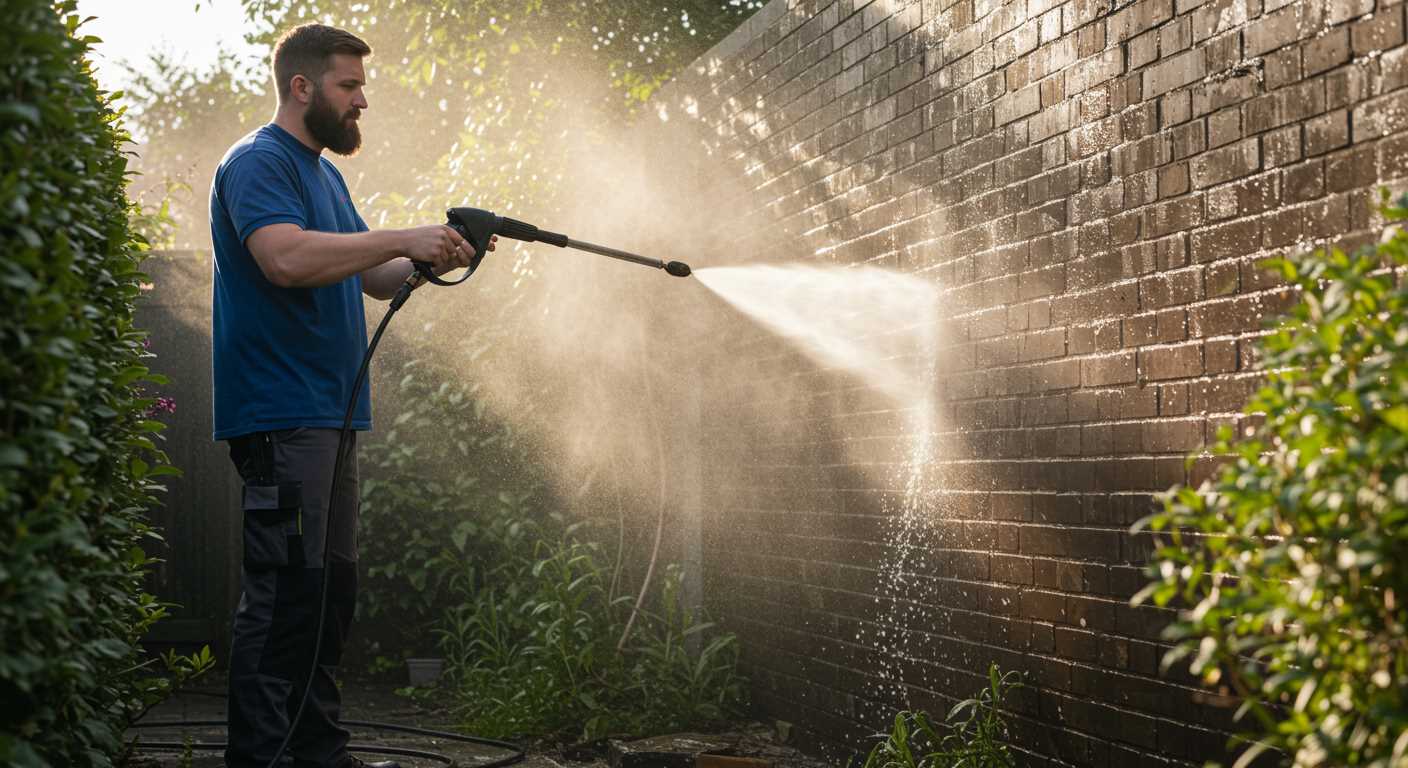
- Inspect the safety switch, often located on the handle. Ensure it engages properly when pressed. A malfunctioning switch may hinder operation.
- Examine the kill switch for proper functionality. If it’s stuck or damaged, it can disrupt the engine’s start sequence.
Perform these checks, and you should identify any ignition system faults preventing operation. Addressing these components may lead to a successful ignition.
Assessing the Oil Levels and Quality
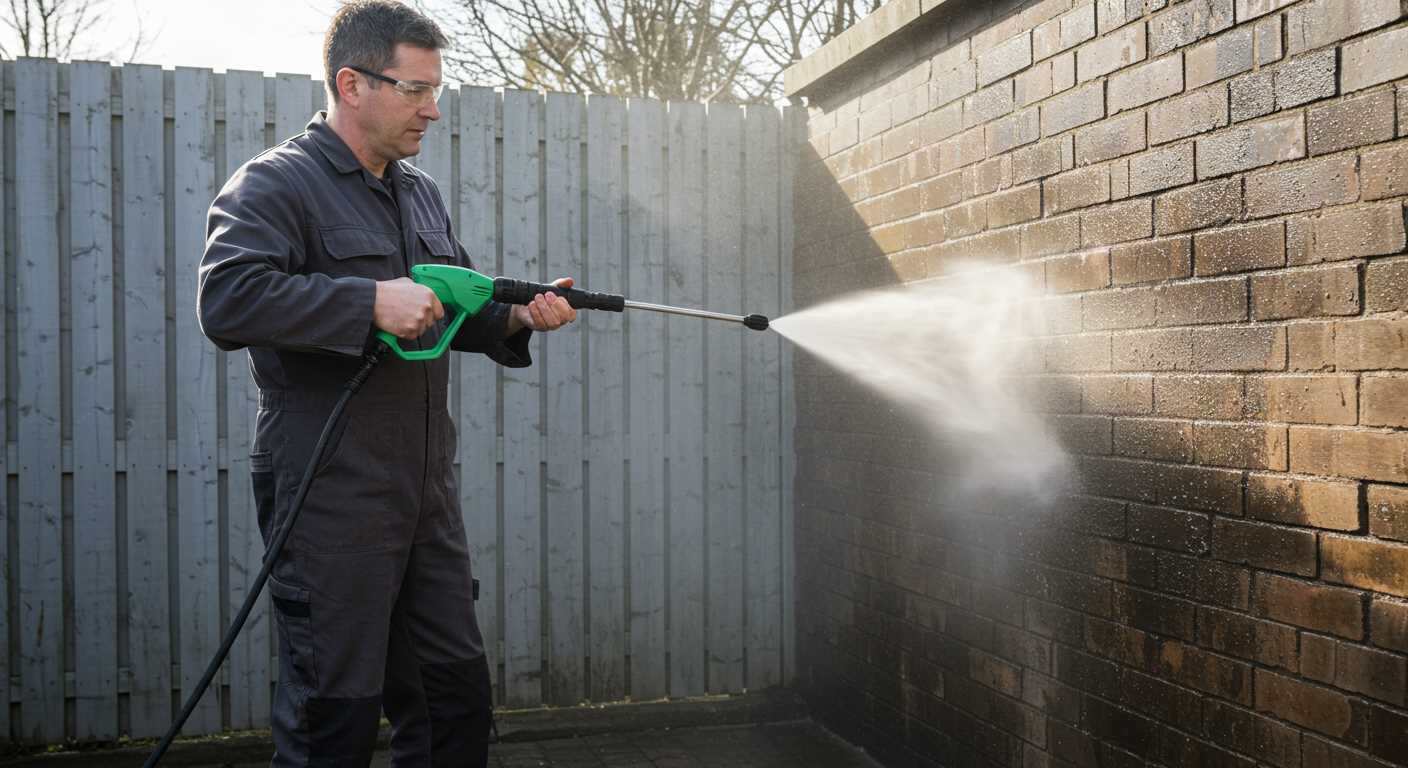
Check the engine oil as a first step to resolving issues with operation. Insufficient or degraded oil impacts performance directly.
Begin by verifying the oil level using the dipstick. Unscrew it, wipe it clean, then reinsert without screwing it back in. Pull it out again to check the level against the markers. Ensure it is between the minimum and maximum lines. If it’s low, top it up with the right type of oil–usually a 4-stroke oil suitable for the engine.
| Oil Type | Viscosity | Recommended Range |
|---|---|---|
| SAE 30 | Standard | 10°C to 30°C |
| SAE 10W-30 | Multi-viscosity | -10°C to 30°C |
| SAE 5W-30 | Multi-viscosity | -30°C to 30°C |
After confirming the level, inspect the oil quality. Fresh oil appears clean and amber in colour. If it appears dark, gritty, or has a burnt smell, consider replacing it. Contaminated oil leads to poor lubrication and damage.
Change the oil if it hasn’t been done in the recommended interval or if you notice any issues. Follow the manufacturer’s guidelines about frequency. Regular maintenance also includes replacing the oil filter if applicable.
By ensuring the oil is at the correct level and in good condition, you can significantly improve the reliability and longevity of your equipment.
Examining the Spark Plug Condition
Check the spark plug for wear and carbon build-up. This component plays a crucial role in the ignition process. A worn or fouled spark plug can prevent the engine from firing correctly.
- Remove the spark plug using a suitable wrench.
- Inspect the electrode for excessive wear; it should not be rounded or overly eroded.
- Look for signs of carbon deposits, which can indicate a rich fuel mixture or incomplete combustion.
Cleaning the spark plug may be effective if you notice carbon build-up. Use a wire brush or a dedicated cleaner. If the spark plug shows significant wear, replacement is advisable.
- Ensure the spark plug gap is set according to the manufacturer’s specifications. An incorrect gap can lead to misfiring or failure to ignite.
- Before reinstalling, check the condition of the boot. A cracked or damaged boot can cause a loss of spark.
A good quality spark plug makes a noticeable difference. Opt for OEM or high-quality aftermarket alternatives to ensure optimal performance. Regular inspection of this part can save you time and effort in troubleshooting ignition issues.”
Reviewing the Air Filter Blockage
Check the air filter for obstructions. A clean air filter is crucial for optimal engine performance. If the filter is clogged with dirt or debris, it restricts airflow, affecting the combustion process and preventing the unit from achieving the necessary power to operate.
Steps to Inspect the Air Filter
1. Locate the air filter housing, usually found on the side of the engine. Open the housing by removing any screws or clips that secure it.
2. Take out the air filter. Inspect it visually for any signs of dirt or damage. If it appears excessively dirty or torn, replacement is necessary.
3. For reusable foam filters, wash it in soapy water, rinse thoroughly, and ensure it is completely dry before reinstalling. If the filter is paper-based, a gentle tap to remove dust may suffice, but replacement is often recommended for best results.
Benefits of a Clean Air Filter
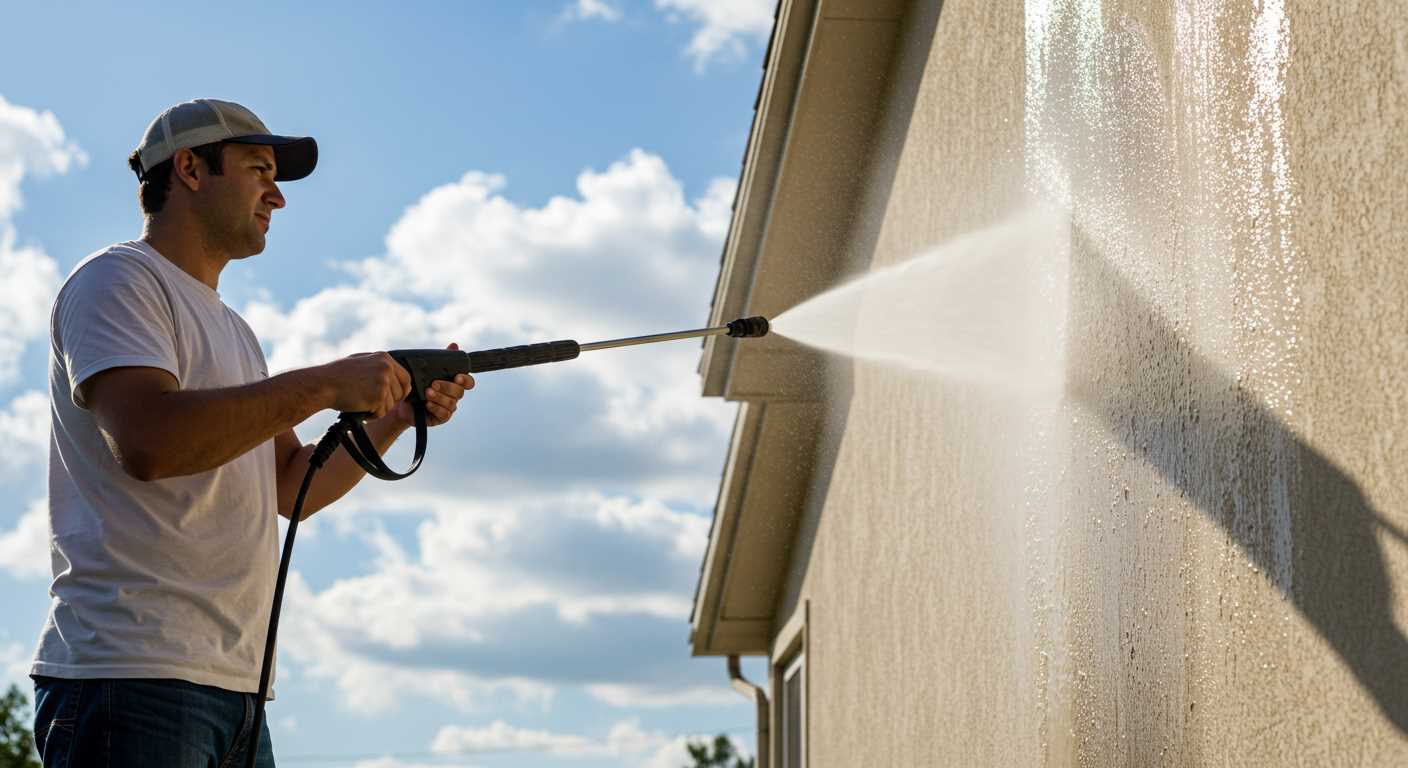
Regularly maintaining the air filter benefits fuel efficiency and engine longevity. A clean filter ensures a proper air-fuel mixture, improving power output and reducing emissions. I suggest checking the filter every few months or according to the manufacturer’s schedule, especially if the unit is used frequently or in dusty environments.
Neglecting this simple maintenance task can significantly hinder the performance of your equipment. A clean air filter minimises the risk of starting issues and ensures smoother operation.
Troubleshooting Starter Mechanisms
If the engine is unresponsive, check the recoil starter mechanism first. Ensure the pull cord is not jammed or frayed. A tangled cord can prevent the engine from turning over efficiently. If the cord retracts poorly or fails to return, inspection of the recoil assembly is necessary to identify any obstruction or wear.
Checking the Starter Engagement
Investigate whether the engine’s starter is engaging properly. If the starter engages but does not turn the engine, verify if the flywheel is spinning freely. Any signs of resistance or unusual friction could indicate a seized engine or internal component failure. In such cases, disassembly might be required for further assessment.
Inspecting Mechanical Linkages
Evaluate the cables and linkages associated with the starter mechanism. Ensure that they are not damaged, rusted, or disconnected. A loose or broken linkage can impede the starting process. If adjustment is needed, make precise alterations to restore proper function. Regular maintenance of these components can significantly prolong the life of the machine.
Understanding Common Engine Problems

Observe for unusual engine noise or vibrations. This often indicates mechanical issues. Inspect the recoil starter for proper engagement; a faulty starter may prevent the engine from turning over.
Check the fuel system for contamination or debris. Stale or contaminated fuel can lead to poor combustion, affecting engine performance. Consider using a fuel stabiliser to prevent fuel degradation when not in use.
Listen for unusual sounds during operation. A knocking noise could suggest internal damage, while a high-pitched squeal might indicate a malfunctioning bearing or drive belt issue. Immediate attention is necessary to avoid further damage.
Monitor engine temperature; overheating can result from low oil levels or a blocked cooling system. Regularly clean the cooling fins and ensure an adequate oil supply to maintain proper engine temperature.
Assess the condition of the ignition coil. A malfunctioning coil can lead to weak or intermittent spark delivery, causing starting difficulties. Replacing a faulty ignition coil may resolve these issues quickly.
Examine the carburettor for blockages or gumming. Ensure the jets and passages are clean, as this is crucial for optimal air-fuel mixture. Use appropriate cleaning agents to restore carburettor functionality.
Consider the age and wear of internal components such as valves and pistons. These wear out over time and may require replacement to restore optimal engine performance. Regular maintenance checks can help identify these issues early.
FAQ:
What could be the reasons why my gas pressure washer won’t start?
There are several common reasons that might prevent your gas pressure washer from starting. First, check the fuel tank to ensure it has fresh gas; stale fuel can lead to starting issues. Also, inspect the spark plug for dirt or damage, as a faulty spark plug can prevent ignition. Furthermore, make sure the choke is set correctly; if it’s fully closed when the engine is warm, it might not start. Additionally, the air filter could be dirty or obstructed, which can limit airflow. Lastly, ensure that all connections are tight and there are no leaks in the fuel line.
How do I troubleshoot a gas pressure washer that doesn’t start?
Troubleshooting a gas pressure washer that won’t start involves a systematic approach. Begin by checking the fuel level and quality; if the fuel is old or contaminated, drain it and replace it with fresh gasoline. Next, inspect the spark plug for debris or wear; clean or replace it if necessary. Make sure the choke is correctly set according to the temperature of the engine. Look at the air filter and clean or replace it if it appears clogged. Additionally, check for any visible leaks or loose connections in the fuel system. If all these checks are in order and the pressure washer still doesn’t start, it may be worthwhile to consult the manufacturer’s troubleshooting guide or seek professional assistance.
Is there a specific order for checking components on a gas pressure washer that won’t start?
Yes, there is a logical order that can help streamline the troubleshooting process for a gas pressure washer that won’t start. First, check the fuel; ensure the tank is full and that the fuel is not old. Next, inspect the spark plug for any signs of damage or wear and clean or replace it as needed. Then, examine the choke setting and adjust it accordingly for the engine’s current temperature. The next step is to look at the air filter; if it is dirty, replace it to ensure proper airflow. Finally, check all hoses and fittings for leaks or loose connections. By following this sequence, you can efficiently identify and resolve the issue preventing your pressure washer from starting.








